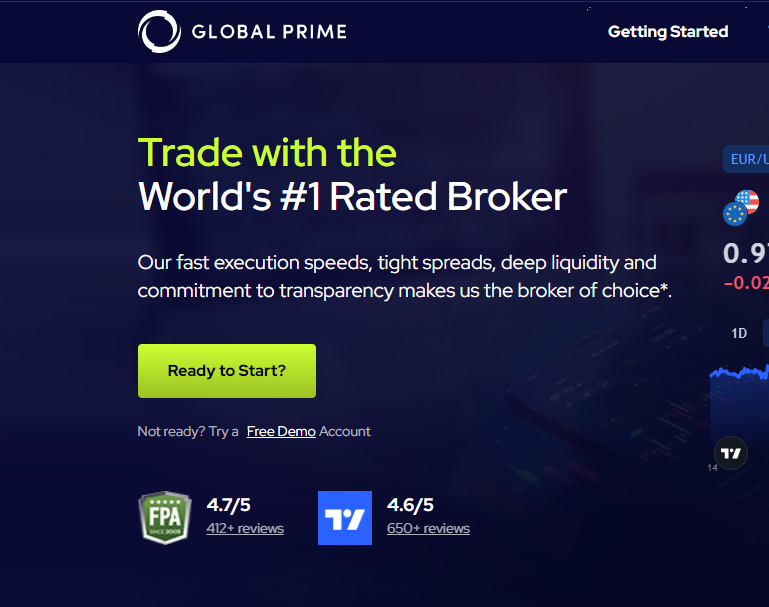In this article, we’ll explore the world’s richest countries, based on a variety of wealth indicators. When it comes to measuring a country’s wealth, there are a few key factors to consider. From GDP per capita to natural resources, education, and infrastructure, numerous elements contribute to a nation’s economic prosperity.
From developed countries with advanced industries to oil-rich nations and financial powerhouses, the wealth of these countries manifests in various ways. Some of them have built robust economies through innovation and technological advancements, while others have benefited from abundant natural resources.
What is GDP and its role in determining a country’s wealth?
Gross Domestic Product (GDP) is one of the primary indicators used to measure a country’s economic performance and overall wealth. It represents the total value of all goods and services produced within a country’s borders in a specific time period. GDP per capita, on the other hand, divides the GDP by the country’s population, providing a measure of average wealth per person.
GDP per capita serves as a useful benchmark for comparing the wealth of different countries. However, it’s important to consider other factors alongside GDP to gain a comprehensive understanding of a nation’s economic prosperity. For instance, a high GDP per capita doesn’t necessarily indicate equal distribution of wealth among the population.
The top 10 richest countries in the world
Now, let’s dive into the top 10 richest countries in the world. These nations have consistently ranked high in terms of GDP per capita and overall economic prosperity. They have managed to create robust economies and provide a high standard of living for their citizens.
1. Luxembourg (Europe) – GDP-PPP per capita: $135,610
- GDP: $89.1 billion
- Population: 639 thousand
Luxembourg’s prosperity stems from its global financial center status. The country emerged relatively unaffected by the Covid-19 pandemic, utilizing its wealth for better living standards, healthcare, and education. Additionally, Luxembourg is a significant tourist destination known for its idyllic castles and picturesque landscapes.
2. Ireland (Europe) – GDP-PPP per capita: $112,250
- GDP: $589.57 billion
- Population: 5.03 million
Ireland’s economic success results from its role as a European hub for technology and multinational corporations. Post the 2008 financial crisis, the country implemented banking reforms and austerity measures. Ireland is a major corporate tax haven, attracting giants like Apple, Google, and Microsoft.
3. Switzerland (Europe) – GDP-PPP per capita: $102,875
- GDP: $813 billion
- Population: 8.70 million
Switzerland, a top tourist destination, boasts a thriving financial sector and exports in precious metals and machinery. The services sector dominates its GDP (74%), and Switzerland maintains the lowest VAT rate in Europe.
4. Norway (Europe) – GDP-PPP per capita: $99,273
- GDP: $546.77 billion
- Population: 5.41 million
Norway’s economic resilience is tied to its role as a top petroleum provider. The country rebounded post-Covid-19, supported by a $1.3 trillion sovereign wealth fund, the world’s largest.
5. Singapore (Asia) – GDP-PPP per capita: $87,885
- GDP: $497.35 billion
- Population: 5.45 million
Singapore is a global business and trading hub. Economic challenges arose from the pandemic and the Chinese economic slowdown, but the nation, with numerous high-net-worth individuals, remains a key player in the global economy.
6. Qatar (Asia) – GDP-PPP per capita: $81,971
- GDP: $235.5 billion
- Population: 2.93 million
Qatar, benefiting from vast natural resources, especially oil and natural gas, ranks among the top economies by GDP per capita. These resources significantly contribute to its status among the world’s wealthiest nations.
7. United States (North America) – GDP-PPP per capita: $80,413
- GDP: $26.95 trillion
- Population: 332 million
Despite a lower rank in GDP per capita, the United States remains a dominant global economic force, driven not only by economic activities but also by robust military capabilities.
8. Iceland (Europe)- GDP-PPP per capita: $78,845
- GDP: $30.57 billion
- Population: 373 thousand
Iceland’s economy centers around tourism, fishing, and aluminum exports. While tourism faced challenges during the pandemic, the nation relies on diverse sectors for economic sustainability.
9. Denmark (Europe) – GDP-PPP per capita: $71,405
- GDP: $420.8 billion
- Population: 5.86 million
Denmark, ranked as the second safest country globally, boasts a high standard of living. With a self-reliant energy sector and a diverse industrial landscape, Denmark is known for pharmaceutical, industrial machinery, and electrical machinery production.
10. Australia (Australia) – GDP-PPP per capita: $63,490
- GDP: $1.69 trillion
- Population: 25.77 million
Australia’s GDP is driven by agriculture, industry, and services, with services contributing the most (62%). Mining, a significant part of the industry, plays a crucial role in export revenue. Despite its vast size, agriculture makes a smaller contribution to the overall GDP.
Don’t Miss: Upper, Middle, Lower Class, & Other Social Classes Explained
Factors contributing to the wealth of these countries
The wealth of these countries is not solely dependent on GDP per capita or natural resources. Various factors contribute to their economic prosperity and financial stability. Let’s explore some of the key elements that set them apart.
1. Strong Institutions and Governance
A common characteristic among these wealthy nations is the presence of strong institutions and effective governance. Transparent and accountable institutions foster an environment conducive to economic growth and investment. They provide stability, uphold the rule of law, and protect property rights, attracting both domestic and foreign investors.
2. Skilled Workforce and Education
Investing in education and developing a highly skilled workforce is crucial for the economic success of these countries. A well-educated population enables innovation, productivity, and economic diversification. These nations prioritize education, ensuring their citizens have access to quality schooling and training programs that align with the needs of the job market.
3. Infrastructure Development
Robust infrastructure, including transportation networks, communication systems, and energy supply, is essential for economic growth. These countries have invested heavily in infrastructure development, facilitating trade, attracting businesses, and improving the overall quality of life for their citizens.
4. Stable Macroeconomic Policies
Maintaining stable macroeconomic policies, such as low inflation rates, sound fiscal management, and a stable currency, is crucial for sustainable economic growth. These countries have implemented prudent economic policies, ensuring price stability and fiscal responsibility, which in turn attract investors and foster business confidence.
4. Business-Friendly Environment
Creating a business-friendly environment is essential for stimulating economic growth and attracting investment. These countries have streamlined their regulatory frameworks, reduced bureaucracy, and implemented policies that encourage entrepreneurship and innovation. They offer favorable tax regimes, robust intellectual property protection, and efficient legal systems, enabling businesses to thrive.
Challenges faced by the richest countries in maintaining their wealth
While the wealthiest countries enjoy economic prosperity, they face various challenges in maintaining and sustaining their wealth. These challenges can arise from both domestic and global factors. Here are some common challenges faced by the richest countries:
1. Economic Diversification:
Reliance on a specific sector, such as finance, technology, or natural resources, can make a country vulnerable to economic downturns in that particular industry. Diversification is crucial to mitigate the risk of economic shocks and maintain stable growth.
2. Technological Disruptions
Rapid technological advancements can lead to job displacement, economic shifts, and the need for continuous adaptation. Even advanced economies must navigate the challenges of integrating new technologies while addressing the impact on employment and industry structures.
3. Income Inequality
A widening gap between the rich and the poor within a country can lead to social unrest and economic instability. Managing income inequality is crucial for social cohesion and sustainable economic development.
4. Environmental Sustainability
Climate change and environmental degradation pose significant challenges to economic sustainability and can lead to increased costs for mitigation and adaptation. Wealthy nations must address environmental issues to ensure long-term prosperity and meet global sustainability goals.
5. Political Stability
Political instability, both domestically and globally, can impact investor confidence and disrupt economic activities. Maintaining stable governance and international relations is essential for sustained economic growth.
6. Global Health Crises
Events such as pandemics, as witnessed with COVID-19, can severely impact public health, disrupt supply chains, and lead to economic contractions. Preparedness for health crises and the ability to adapt swiftly are crucial for maintaining economic stability.
Economic policies and strategies adopted by these countries to sustain and grow their wealth
To sustain and grow their wealth, these countries have implemented various economic policies and strategies. They focus on areas such as education and skills development, research and innovation, infrastructure investment, economic diversification, and sustainable development.
Don’t Miss: Top 10 Richest Investors In The World
Conclusion
The world’s richest countries have achieved their economic prosperity through a combination of factors. While GDP per capita and natural resources play a significant role, other critical elements such as strong institutions, skilled workforces, stable macroeconomic policies, and a business-friendly environment contribute to their success.
These nations continue to face challenges in maintaining their wealth, but through innovative policies and strategic planning, they strive to sustain their economic growth and remain at the forefront of global prosperity.








